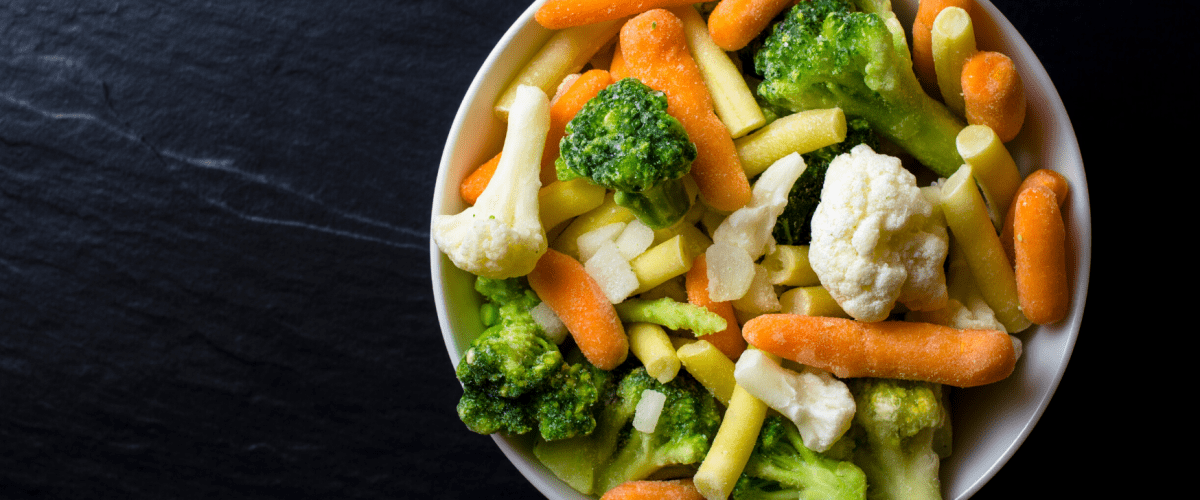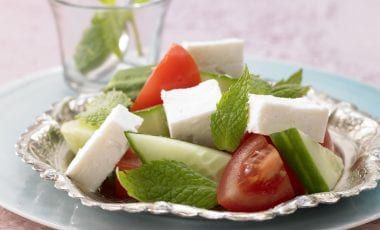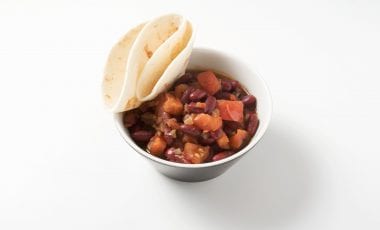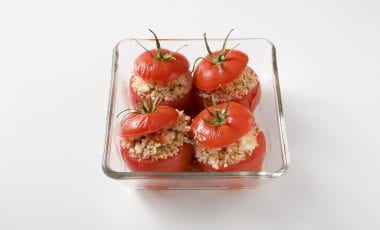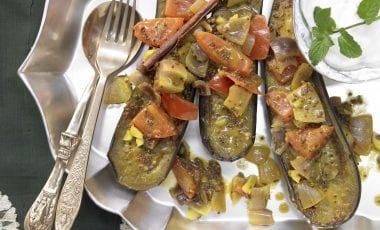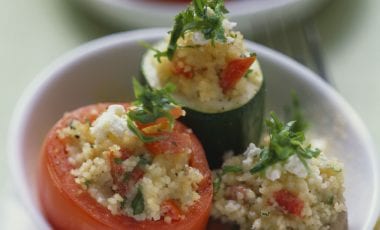We have put together some tips for you to ensure that, in the case of frozen products, enjoyment and food safety is not neglected.
Frozen products are convenient! Not constantly having to go to the shops and being able to stock up makes life so much easier – rolls that were still frozen twenty minutes ago – is simply blissful! Thanks to the freezer, nutritious fruit and vegetables are always at hand, and frozen leftovers are perfect for using again as a delicious evening meal. We have put together a few tips for you to ensure you are well prepared when it comes to food hygiene.
Strawberries in December? No problem thanks to the revolutionary invention of the freezer. We have been enjoying the advantages of frozen food here in Germany since the 1950s. Although not everyone could afford a freezer to start with, nowadays a freezer compartment is usually standard in every kitchen. In 2019, each German consumed an average of 47 kg of frozen food. By comparison, in 1960 it was only 400g per person and in 1978 just 14 kg.
When shopping for frozen food, what to watch out for?
The cold chain needs to be maintained so that the frozen goods do not thaw on the way to the domestic freezer. In store, goods must be kept at a maximum of – 18 °C. The aim is therefore to make sure that the products make their way home and into your freezer compartment while still below zero. That’s why frozen products should also be the last item placed in your shopping trolley. An insulation box or bag equipped with cold packs are ideal for transportation.
If you don’t have these to hand, the second best option is the insulation bag available at the till. You can also make do with newspaper or a fleece jacket. If so, make sure the frozen products are wrapped up tightly. The cold products should also not come into contact with fresh produce because fresh lettuce or tomatoes, for example, cannot cope with the freezing temperatures.
Once home, the cold products go straight to the freezer. When they do, you should make sure that new arrivals are not placed right next to items already occupying the freezer. The new product may draw the cold away from the existing items which means they can start defrosting and germs may multiply. Incidentally, you will find tips on freezing in this article.
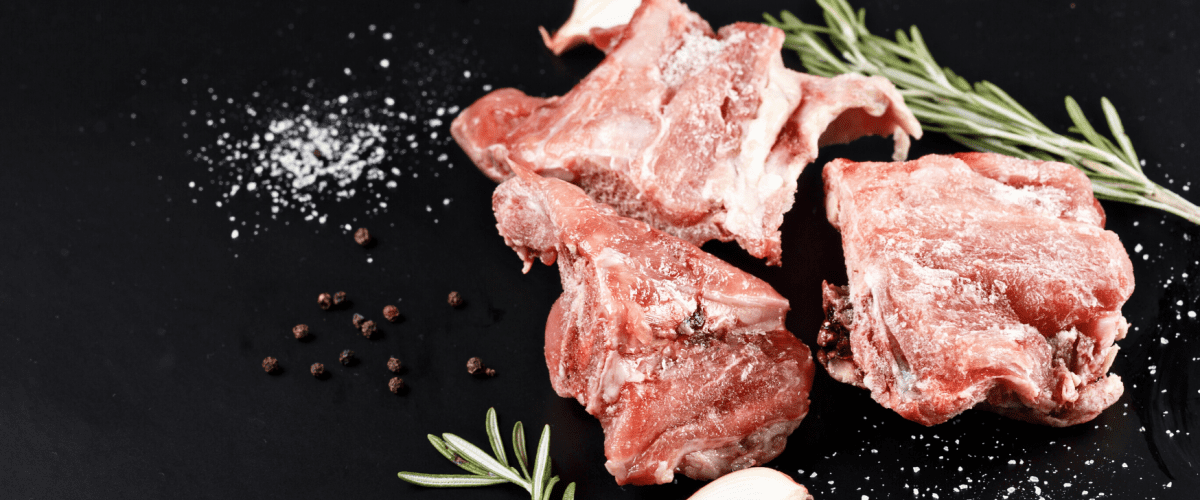
Defrosting correctly – this is how it’s done
Nothing stirs in frozen food, all is at peace – the germs are dormant and cannot multiply. As soon as the temperature rises again, rapid growth can quickly be observed. Pathogenic germs (i.e. pathogens that cause illness) can pose a major health hazard if frozen food is not defrosted carefully. The ideal defrosting process varies from food to food and also depends on the intended use. For frozen products, the simplest and safest solution is therefore to follow the manufacturer’s instructions on the packaging.
Basically, you can defrost frozen food in the fridge, at room temperature or in the microwave (covered with some water). Products to be placed in the oven or saucepan for cooking can also be used from frozen and prepared straight through to the finish. The last option is the fastest. In the fridge, on the other hand, the frozen food needs time. This time ranges from about ten hours for fruit, to two days for whole poultry.
With some foods, the otherwise simple thawing process should take place with a little more thought. We have therefore listed the most important defrosting tips for you.
- Take particular care with minced meat, chicken breast and the like: Meat and poultry are easily perishable. Because temperatures of between 10°C and 60°C provide particularly good conditions for many microorganisms to grow, this is precisely the temperature range that should be avoided. So, therefore, defrost in the refrigerator. This also saves energy, as the refrigerator “absorbs” the cold. If you don’t have the time, you can alternatively quickly bring the product to a high temperature in the preheated oven.
- Deal correctly with defrosted water: We cannot see it, but the thawing water is teeming with microorganisms. The germs breed at an explosive rate at room temperature in particular. With easily perishable foods, such as meat and poultry, you should therefore place the frozen product in a sieve to defrost. Cover with a plate and place a plate under the sieve to catch the defrosted water. This means the product does not sit in the defrosted water. Certainly, the water should be poured away after defrosting without coming into contact with other foods.
- Heating helps: Salmonella is one of the most common food-borne infections. This germ is mainly found in poultry, minced meat, but also in plant-based foods. Although the salmonella pathogens cannot multiply when in a frozen state, they do not die until temperatures are above + 70 °C. Therefore, heating the food through fully is important and effective.
- Defrost large items fully: In principle, frozen products do not have to be thawed first, but can also be used from frozen or when frozen together. An exception needs to be made here for large products such as a whole chicken. The reason for this is that temperatures internally during cooking may not be high enough to kill off unwanted germs. As a rule of thumb, items thicker than 10 cm should be completely defrosted before use.
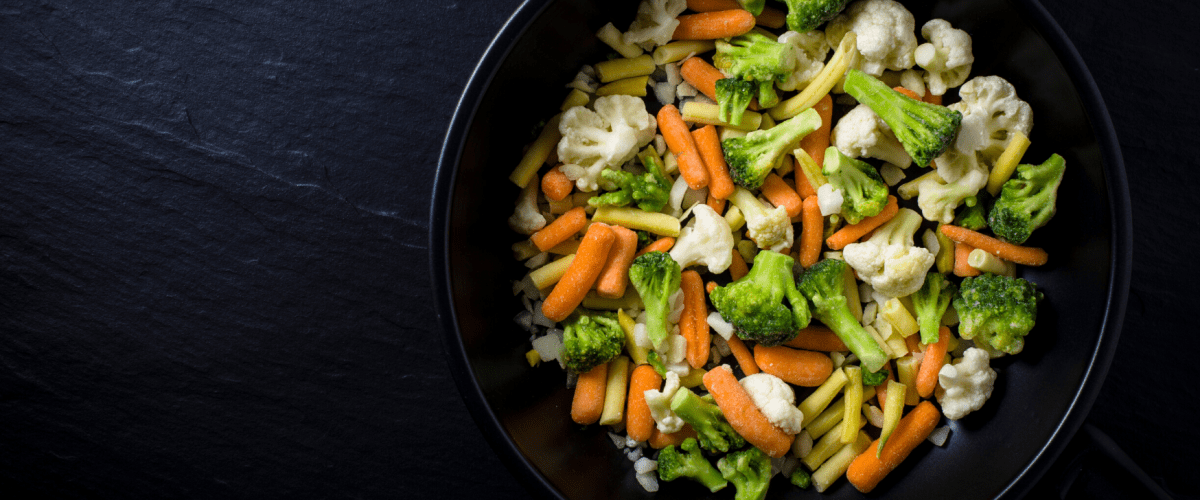
Good for your health – frozen fruit and vegetables
Did you know…? From a nutritional point of view, frozen fruit and vegetables are actually preferable to the fresh alternatives. In most cases, fruit and vegetables are still in the fields just a few hours before being frozen into their dormant state. Fresh produce, on the other hand, takes much longer to arrive on our plates. There is definitely much more time involved from harvesting to processing, through to the supermarket and storage in our domestic refrigerator, than there is between harvesting and industrial freezing. During this time, the produce suffers deterioration in quality, which also includes vitamin losses. So, a thumbs up for frozen fruit and vegetables!
Your freezer should be defrosted about every six months – or sooner if the layer of ice is too thick. This layer of ice causes more cold to be used and therefore more energy is required. Regular defrosting is therefore good for the environment and saves money. Incidentally, defrosting is conveniently unnecessary for Liebherr appliances with NoFrost technology.
